Summer 2007
This week Sprint and LG took the wraps off the Muziq, the oh-so-cleverly-named successor to the Fusic. We're already itching to see what creative way they come up with to misspell "music" with the third phone in this series.
The Muziq isn't a huge leap forward compared to its predecessor, but it is a solid replacement that manages to keep up with the times. In addition to a couple of minor feature improvements, the clunky external antenna is gone, and it's noticeably thinner. The build quality seems good. It doesn't have the same high-quality feel of recent Motorolas with their metal cladding and soft-touch finishes, but it doesn't feel "cheap" either. The glossy plastic does collect finger prints better than the FBI.
The thinner profile is the most important improvement. In many ways it resembles LG's svelte VX-8600, although with the Muziq they managed to include a standard 2.5mm headset jack (often a challenge for thin phones.) A 3.5mm jack for standard music headphones would have been even nicer, but that's asking a lot for a phone this thin.
At the edges, it's essentially as thin as the RAZR, although the front bulges a bit in the center and the bottom has a slight antenna bulge on the back, just like LG's Chocolate. The bulges make it a few mm thicker than a RAZR on paper, but it still feels very thin.
The music controls on the front are touch-sensitive. With other manufacturers, making the external keys touch-sensitive allows them to be hidden or otherwise integrated into the design for a thinner phone and sleeker look. LG went the other way with it, making them stick out like regular keys. Therefore the fact that they're touch keys doesn't seem to serve any purpose except to make it trickier to use. There is an option to for vibration feedback on the touch keys, just like the new RAZR2, plus an interesting option for it to vibrate "harder". (see below)
Our other first-impression gripe with the Muziq is the d-pad on the inside. While all of the other keys are extremely roomy and easy to feel and use, the d-pad is relatively cramped and flat. It takes an extra bit of dexterity and concentration to make sure you hit the right part. Folks with larger thumbs will most likely need to use their thumbnail to hit the correct arrow or press OK. The side keys are located on the top half just like the RAZR, but they're well-designed and easy to use once you get used to where they are.
Unsurprisingly, the standout features of the Muziq revolve around music. It's among the first phones to hit the market that support microSD memory cards as large as 4 GB, thanks to microSDHC support. 4 GB is enough for 4000 songs in theory, although 1000 is more realistic for your average MP3 collection. That's still a whole lot of music for a phone. Only a 64 MB card is included in the box, but it's nice to know that you can bump it up to the same capacity as a basic iPhone if you want to.
The other really stand-out music feature is the FM transmitter, which lets you "stream" your music to a nearby FM radio, so you can easily listen to music from your phone through your car or home audio system. This is still quite rare on phones, although that may be because it usually doesn't work very well. We haven't had a chance to test it with the Muziq yet.
Finally, the Muziq does let you play music in the background while you do other things.
The display is large and looks decent, although it's large enough that the lack of QVGA resolution is noticeable.
Speaking of the display, the Muziq comes pre-loaded with three "themes". Two of these themes - "Muziq" and "Sprint Messaging" - each have their own custom active standby feature that includes quick home-screen access to Sprint's On Demand application and two other features.
We found it a bit confusing to figure out the difference between a "screen saver", "slide show", "theme", "skin", "menu style" and "foreground". The Muziq has all of those options, and many of them are very poorly named and didn't control what we thought they would. Making it worse, there are dependencies that aren't clearly explained. For example, changing your theme might change your "screen saver" (which is really your wallpaper) and choosing a different "screen saver" might disable that theme, which would also disable the active standby feature.
When you finally realize that the LG theme - the one with the fewest features - is the only one that lets you set your own "screen saver" (remember that means wallpaper,) you're presented with a confusing list of choices for setting that wallpaper. "Preloaded", "get new", and "take new picture" are clear enough, but it's not immediately clear what the difference is between "my albums", "assigned media", and "my content". It's not pretty. This is common among Sprint phones, but that doesn't make it any less confounding for the new user.
The outer display also has a number of options for the background and clock. It lights up to show the time by tapping either volume side key.
The outer display music interface is surprisingly basic.
We were able to hook the Muziq up with a little bit of studio time... by which we mean an hour in our photo studio. Here are a few glamour shots from the shoot:


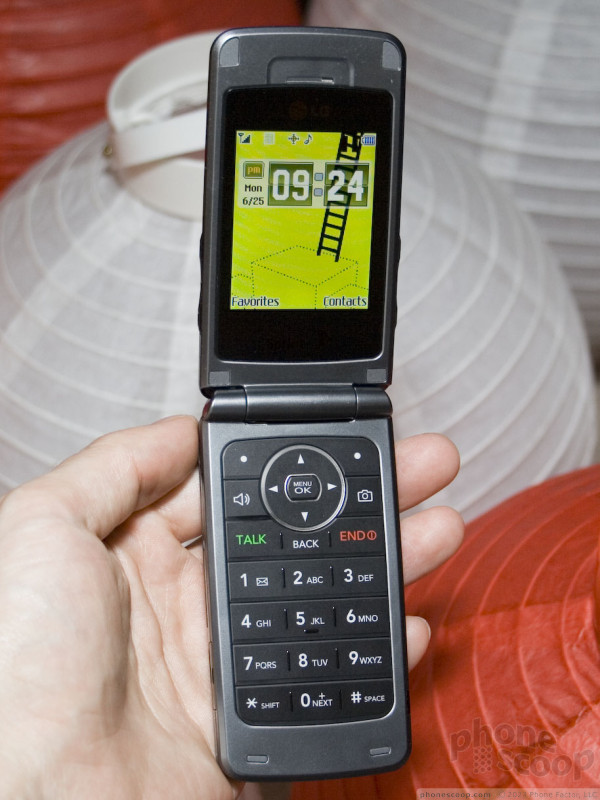







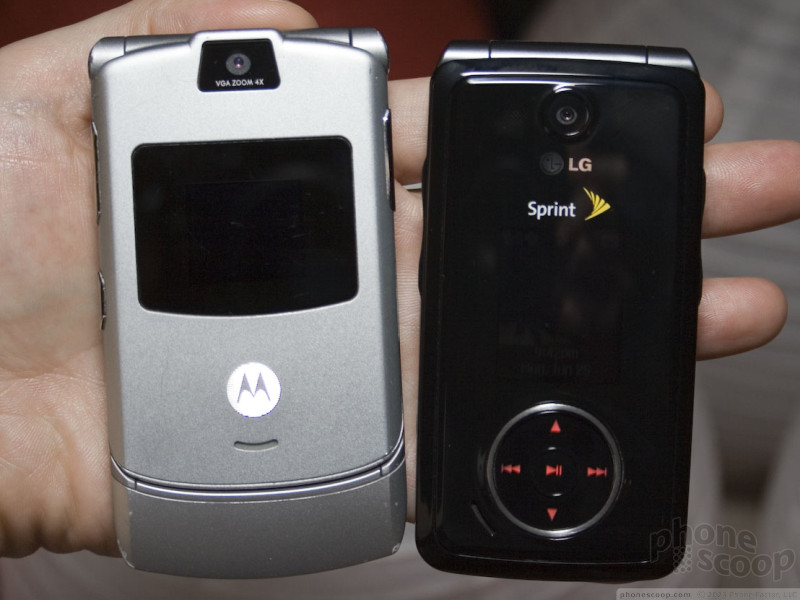


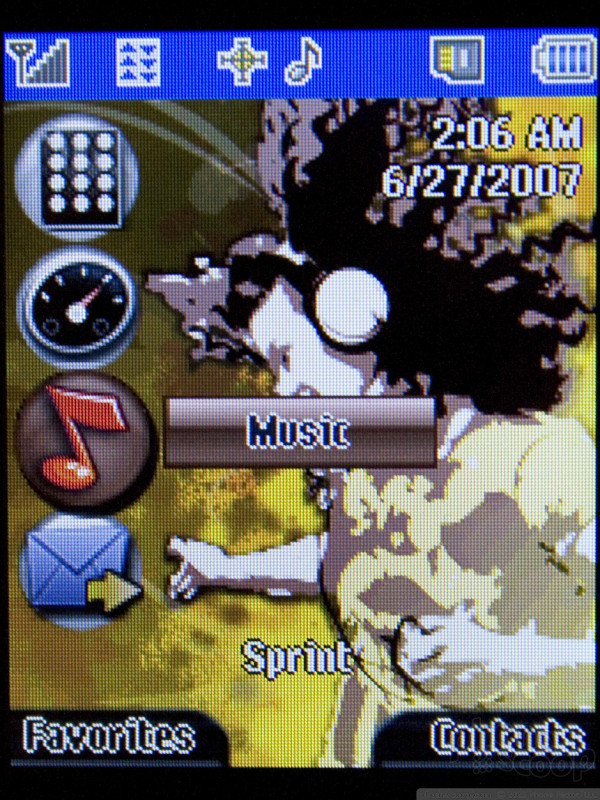












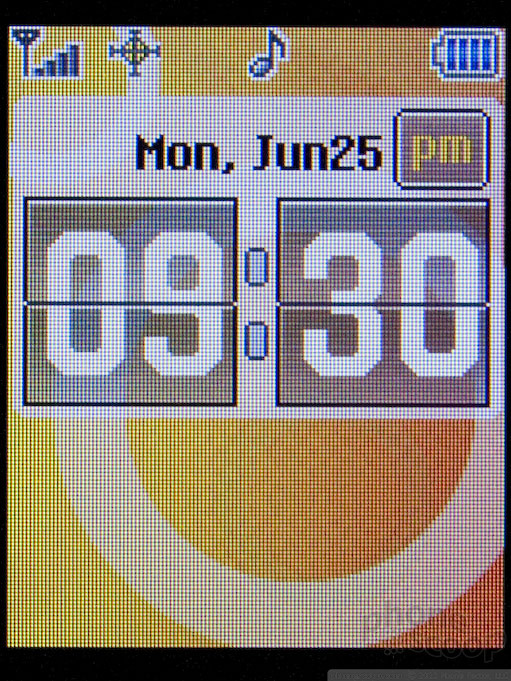



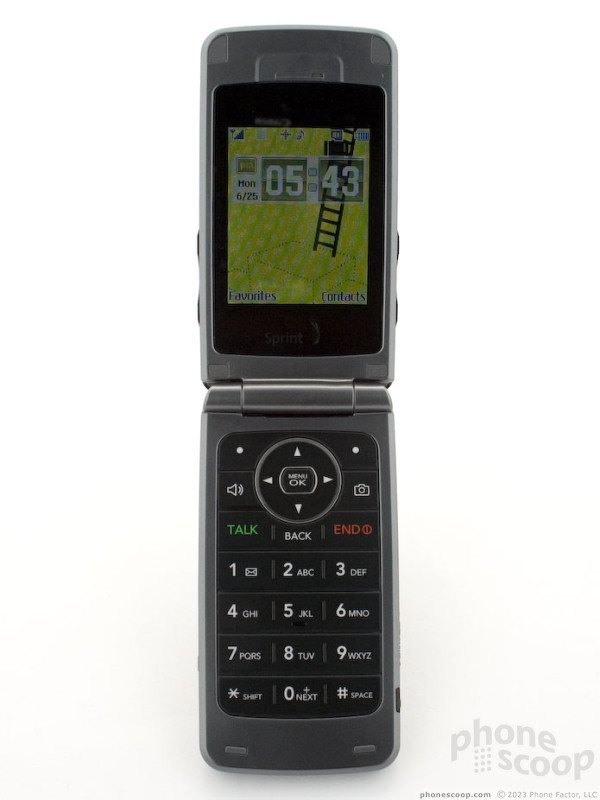




 Review: BlackBerry Curve
Review: BlackBerry Curve
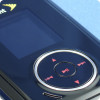 Review: LG Muziq
Review: LG Muziq
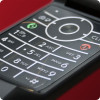 CTIA 2007
CTIA 2007
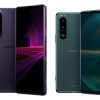 Sony's New Flagships Feature Dual Zoom and 120 Hz Displays
Sony's New Flagships Feature Dual Zoom and 120 Hz Displays
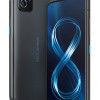 Asus Zenfone 8 is a Compact Flagship
Asus Zenfone 8 is a Compact Flagship
 Nokia 8600 Luna
Nokia 8600 Luna
 BlackBerry 8830
BlackBerry 8830
 BlackBerry Curve 8300
BlackBerry Curve 8300

